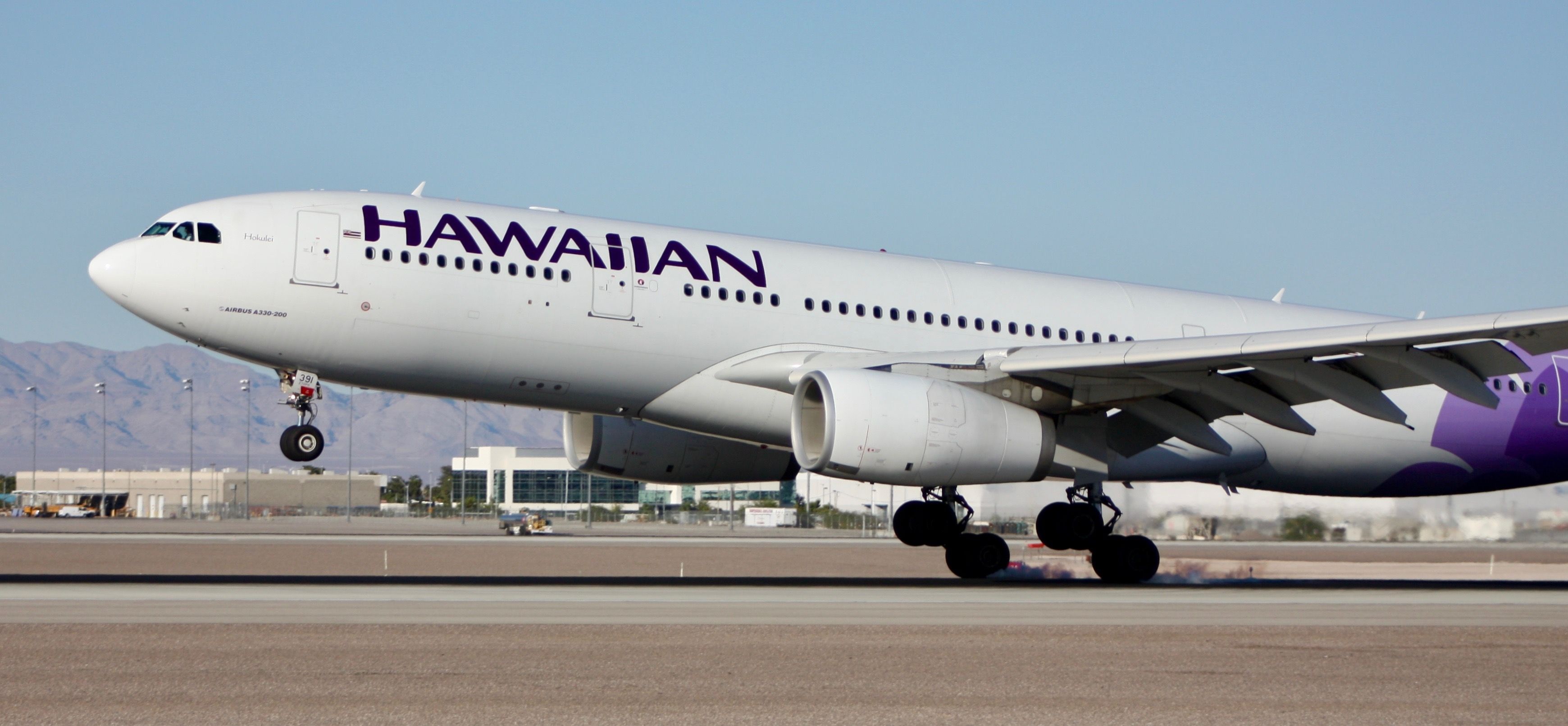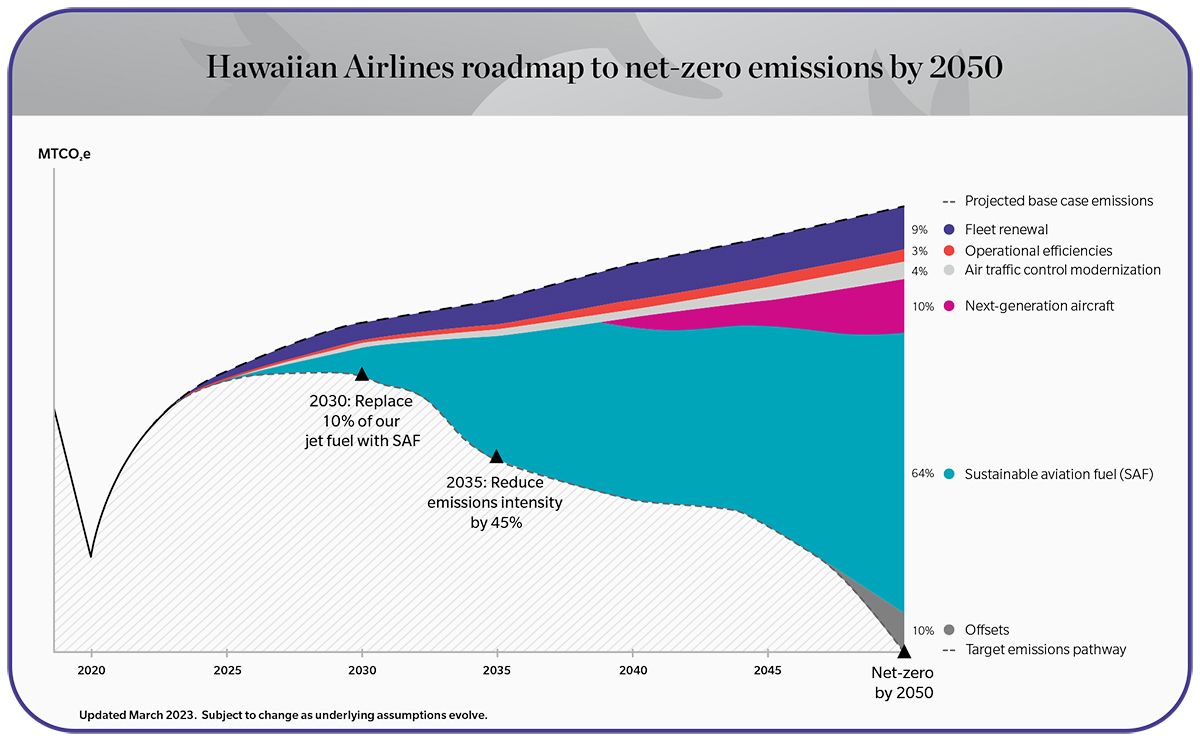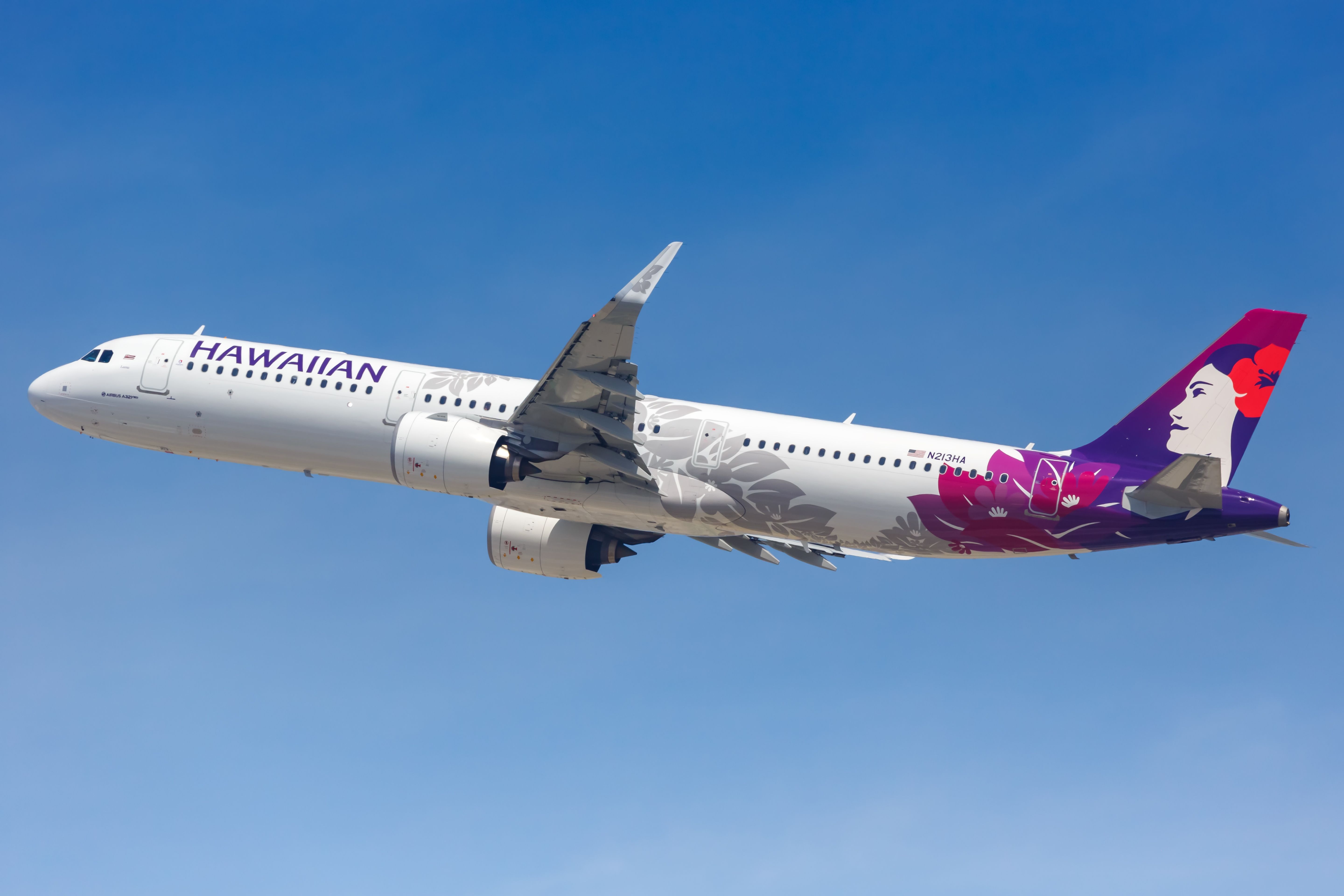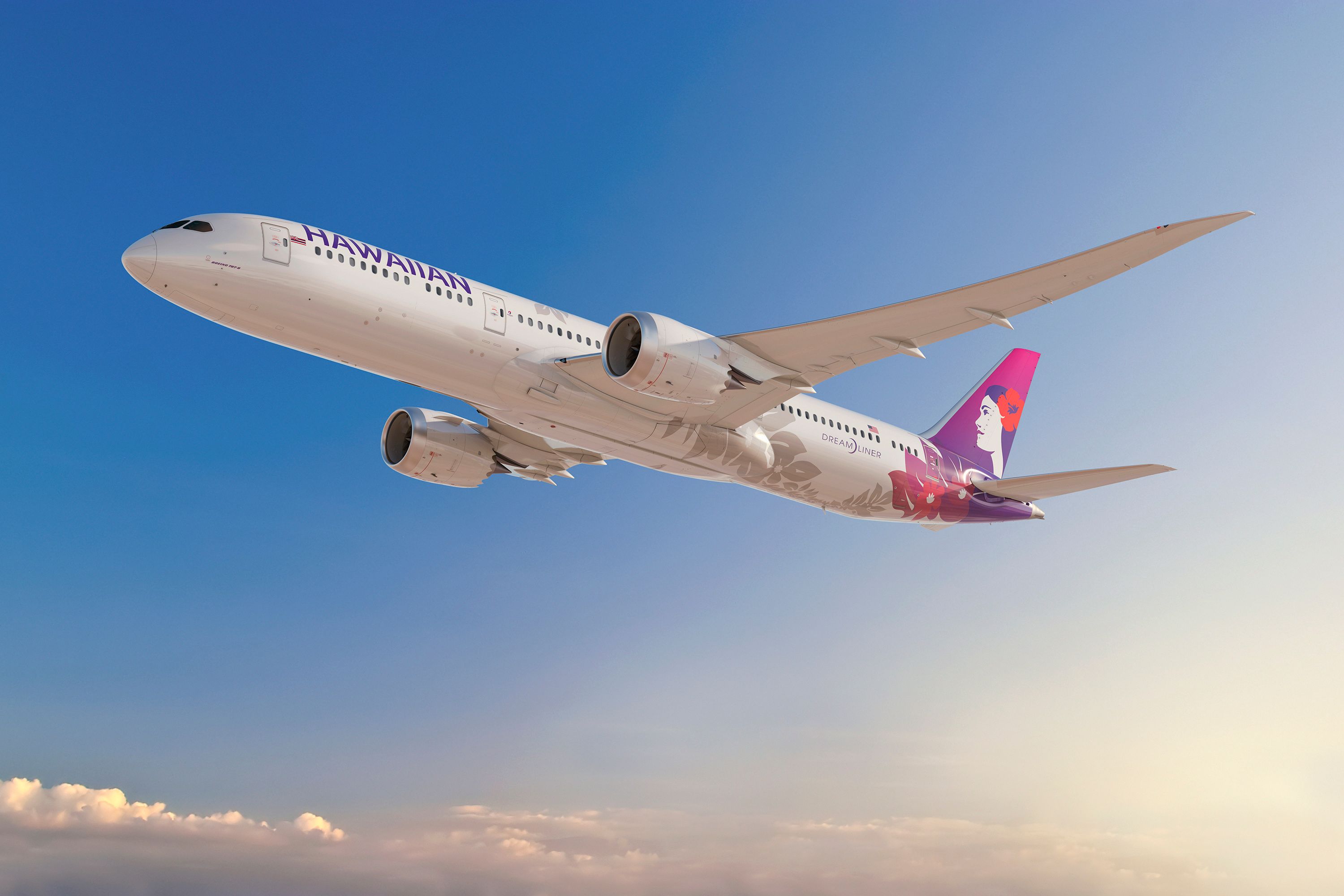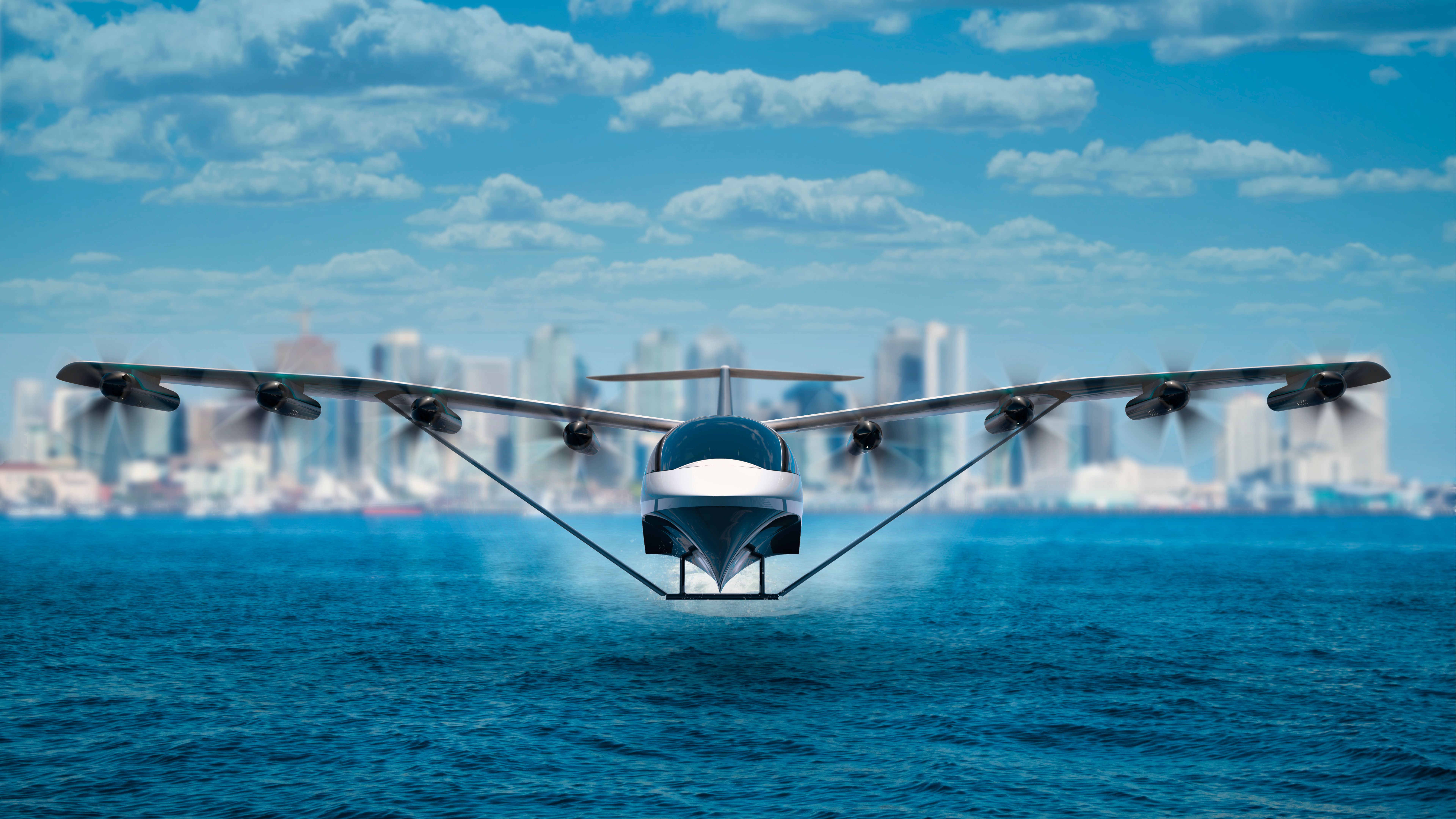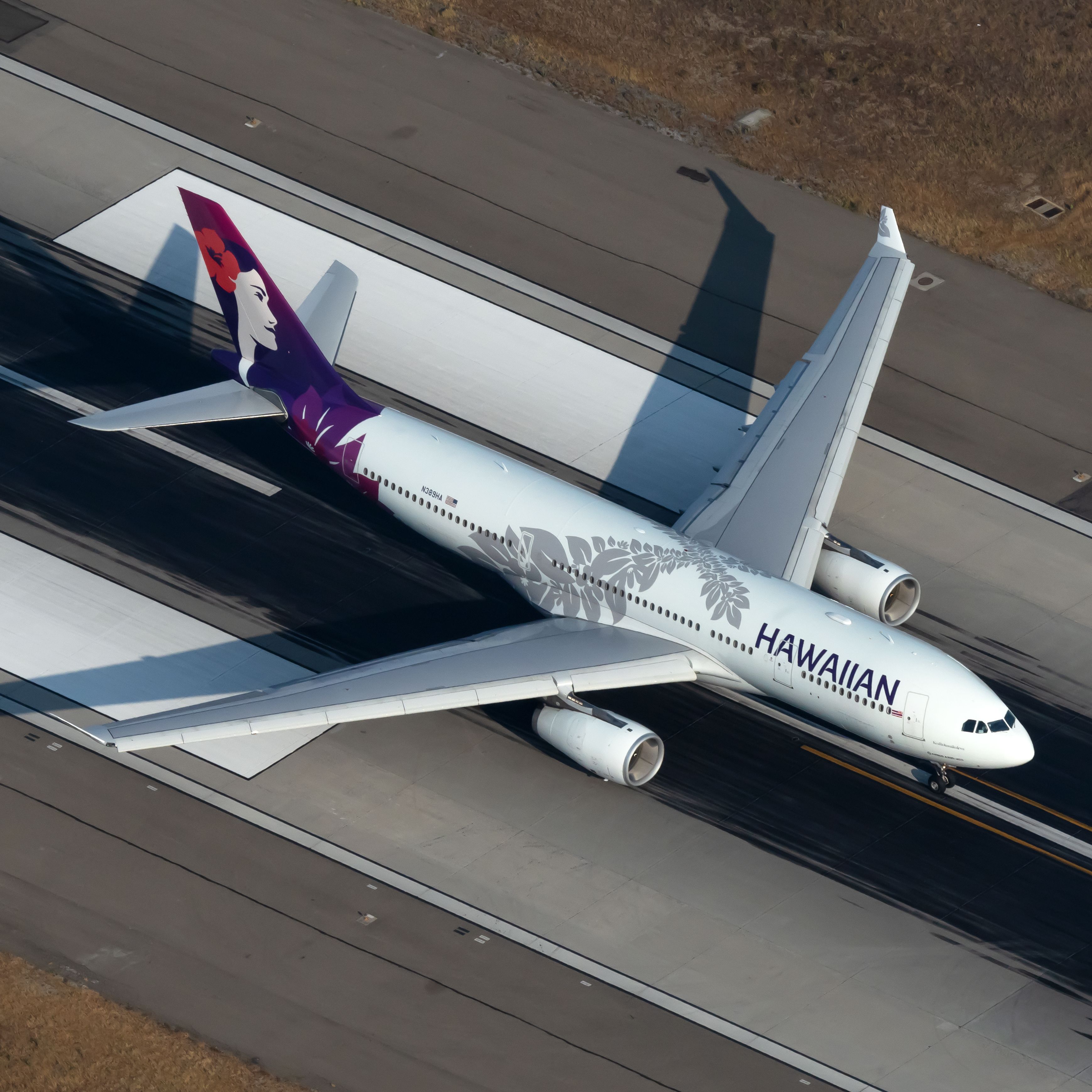Last week Hawaiian Airlines took its commitment to zero-emission aviation one step further. The Honolulu-based carrier outlined the steps it will take on its pathway to achieve net-zero greenhouse gas emissions by 2050.
Most of the world's airlines have committed to reaching net zero by 2050, but not all have laid their cards on the table like Hawaiian Airlines (Hawaiian). The airline has detailed what it plans to do and by when for all the world to see, leaving itself open to scrutiny if the plan does not deliver what's promised.
A clear roadmap to follow
To reach its goal, Hawaiian relies on several key drivers, including sustainable aviation fuel (SAF), fleet modernization and new aircraft technologies, adopting operational best practices and pushing for improvements in air traffic control systems. This chart outlines how it will reach net zero by 2050.
While achieving net zero emissions by 2050 is the ultimate goal, Hawaiian has also committed to several intermediate steps, including:
- Lowering life-cycle jet fuel emissions intensity per revenue ton-mile by 45% (from 2019 levels) by 2035.
- Replacing 10% of conventional jet fuel with SAF by 2030.
- Improving fuel efficiency per available seat mile by 4% (from 2019) by 2028.
- Conserving 3 million gallons of jet fuel through operational initiatives by 2028.
Hawaiian has recently announced it will buy 50 million gallons of SAF from biofuel company Gevo, Inc., with deliveries set to commence in 2029. It has also partnered with a local energy provider Par Hawaii to evaluate the viability of producing SAF in Hawaii.
The airline recognizes that producing SAF locally is vital, and progress needs to be accelerated at commercially viable pricing. To achieve that, Hawaiian collaborates with fuel producers and state and federal governments to meet the decarbonization goals. President and CEO Peter Ingram said:
"Becoming a net zero carbon airline is a challenge, but as an airline serving the Pacific we recognize how critical it is that Hawaiian become a more sustainable company for our guests, employees and communities.
"We are excited about the progress we are making and these intermediate targets to which we are committing today."
New aircraft are playing a role
Hawaiian has a relatively young fleet with an average age of 11 years, although that is skewed by its Boeing 717-200s which, according to ch-aviation.com, have an average age of 21. Its fleet comprises 18 Airbus A321neos, 24 A330-200s and 19 Boeing 717-200s.
It is also waiting expectedly for the 12 Boeing 787-9 Dreamliners that are on order and expected to start arriving later this year. Hawaiian said the 787's advanced aerodynamics, composite airframe and new engines would deliver around a 20% improvement in fuel efficiency, another significant milestone on its net zero roadmap.
Want to know more about sustainability in aviation?
The airline is also an early investor in REGENT, a company developing a battery-electric powered Seaglider. These zero-emission vehicles are designed to provide harbor-to-harbor overwater transport on routes up to 180 miles with existing battery technology. REGENT says the Seaglider "couples the speed of an airplane with the operating cost of a boat," which will be a game-changer for regional communities such as Hawaii.
Hawaiian said the vehicle has great potential, and it is looking forward to exploring the technology to "fulfill its vision of convenient, comfortable and environmentally sustainable interisland transportation."

